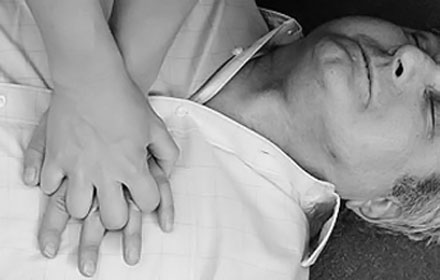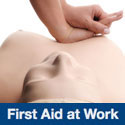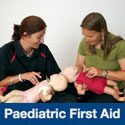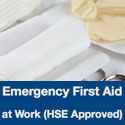
CPR stands for cardiopulmonary resuscitation and is used on a casualty when they are unconscious and not breathing normally. “Cardio” relates to the heart and “pulmonary” relates to the lungs. As a First Aider, when you begin CPR you are taking over the function of the lungs, ensuring the movement of air in and out of the lungs. At the same time, you are also taking over the function of the heart, ensuring the pumping of oxygenated blood to the vital parts of the body.
CPR alone is unlikely to restart the heart; its main purpose is to restore partial flow of oxygenated blood to the brain and heart. It may delay tissue death and extend the brief window of opportunity for a successful resuscitation without permanent brain damage.
One question we often get asked is “Can you break a rib during CPR?” The answer is yes! It is very possible and quite common because compressing the chest is an unnatural movement. However, do not stop CPR if you suspect you have broken a rib, this is an injury that can be repaired later; your main priority is giving the casualty a chance of surviving.

 March 15, 2011
March 15, 2011 
 Kobe
Kobe 





